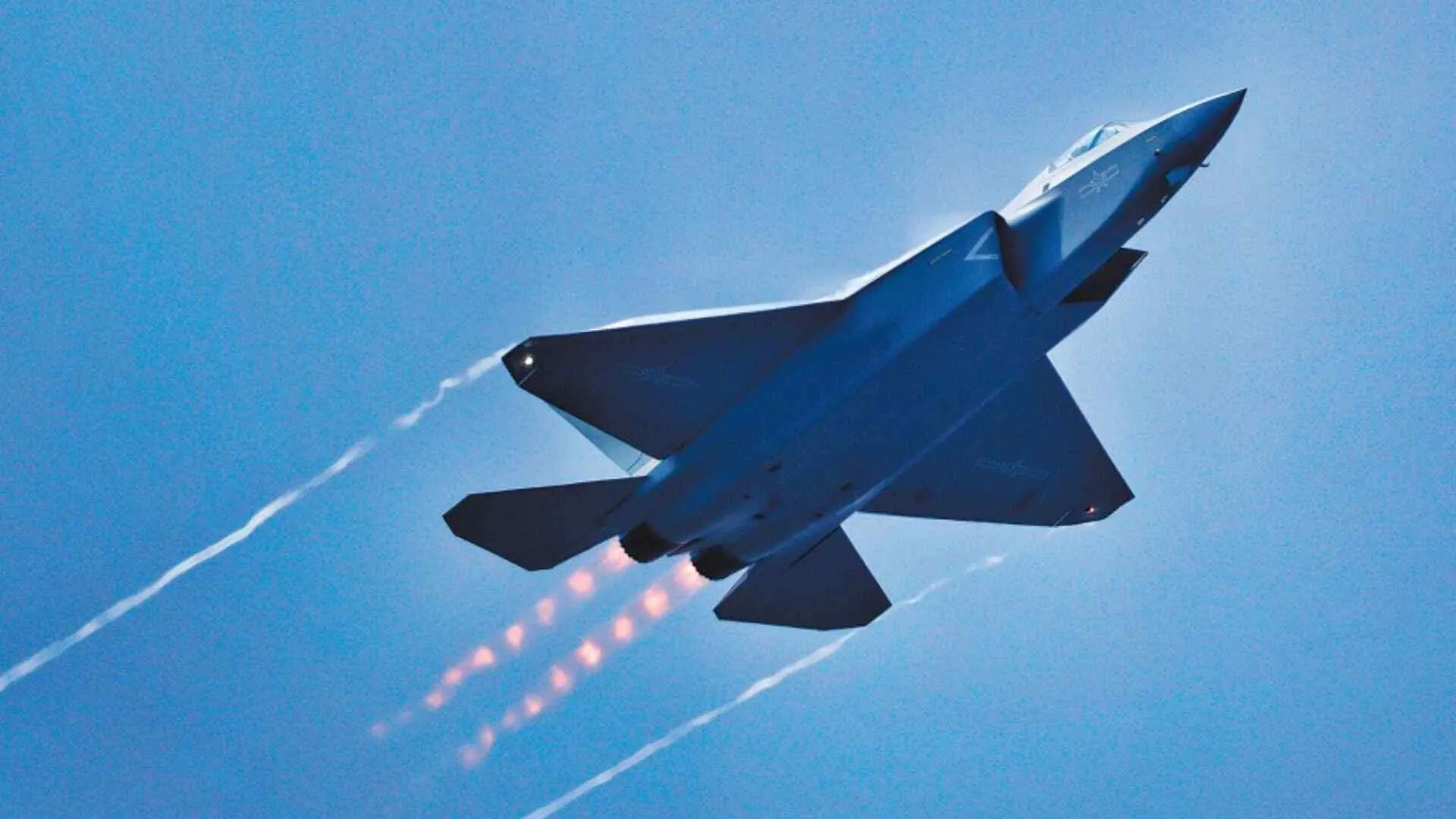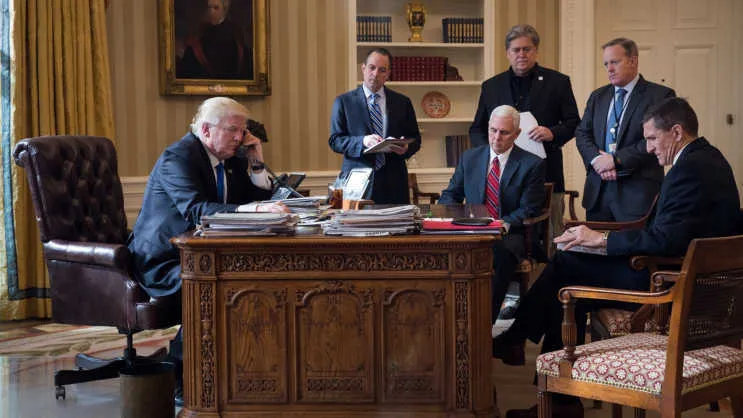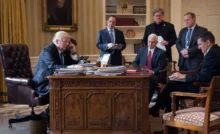China is reportedly in negotiations with Pakistan for the purchase of 40 advanced stealth fighter jets, the J-35A, which is China’s most sophisticated military aircraft. If finalized, this deal would make Pakistan the first and only country outside of China to possess a squadron of the stealth J-35A multi-role fighters. It would also mark the first export of China’s most advanced military aircraft. The J-35A is China’s second fifth-generation stealth fighter jet, making China one of only two countries, after the United States, to have developed two fifth-gen military aircraft. This deal would see China exporting a significant number of these jets to its long-time ally, Pakistan, which aims to replace its aging fleet of US-made F-16s and French Mirage fighters.
According to a report from the Hong Kong-based South China Morning Post, which cites Pakistani media sources, China is expected to deliver all 40 jets in less than two years. China’s defense industry is fully capable of mass-producing the aircraft, as it is self-sufficient in terms of production. The report also notes that Pakistan’s Air Force has already approved the purchase. Although there has been no official confirmation from Beijing, if the deal goes through, it would significantly enhance Pakistan’s air defense capabilities and could alter the regional balance, as Pakistan would gain access to advanced stealth technology.
Chinese J-35A Stealth Aircraft
The Shenyang J-35A stealth fighter is a twin-engine, single-seater, supersonic, air-superiority, multi-role fighter jet capable of carrying out missions both on land and at sea. It is China’s second fifth-generation stealth fighter, following the J-20.
The design of the J-35A is similar to the US Lockheed Martin F-35, with the main distinction being that the J-35A has twin engines, while the F-35 features a single engine. China has been known to replicate the designs of several US aircraft. For instance, the J-20 bears a resemblance to the US F-22 Raptor, with the only major difference being the canards on the J-20. The Chengdu J-10, also called the “Vigorous Dragon,” is another example of a Chinese aircraft that closely resembles the US F-16 fighter jet. According to a report by Global Times, the official publication of the Chinese Communist Party, “J-35A functions within both stealth and counter-stealth combat frameworks. Its mission focuses on gaining and maintaining air superiority, eliminating hostile fourth/fifth generation fighter jets and ground/surface air defence forces, as well as intercepting aerial hostile targets including fighters, bombers and cruise missiles.” This article was published the day China unveiled the jet for the first time last month.
China plans to deploy the J-35A in both its Air Force and Navy, similar to the US F-35, which has three variants: the F-35A for the Air Force, the F-35B for the Marine Corps, and the F-35C for the Navy.
Economic crisis in Pakistan
Despite facing a severe economic crisis and relying on bailout packages from the IMF and World Bank, Pakistan is reportedly moving ahead with a deal to acquire the J-35A stealth fighter jet from China. It remains unclear how such a large deal will be financed, and it wouldn’t be surprising if China decides to offer another loan, one that Pakistan might struggle to repay. The country is already burdened with significant debt to Beijing, making it financially impossible for Islamabad to settle these obligations. Many experts believe that, at some point, Pakistan may be forced to sell national assets or even parts of the country to resolve its debt.
Although there is considerable speculation in Islamabad, Beijing has not officially confirmed the sale of the J-35A stealth fighter, nor has it made any public statements regarding the deal. When the J-35A was first publicly displayed by China at the Zhuhai Airshow in November, senior officials from the Pakistan Air Force visited the exhibition and were seen engaging in talks with Chinese counterparts.
According to a report in the South China Morning Post, Pakistan Air Force Chief Air Marshal Zaheer Ahmed Baber Sidhu stated in January that “the foundation for acquiring the J-31 stealth fighter aircraft has already been laid.” The J-31 is considered the land-based version of the J-35A, which was initially thought to be a naval aircraft but was later introduced as a multi-role fighter jet.
Despite Pakistan’s financial struggles, China has continued to increase its military support to Islamabad, modernizing all three branches of the Pakistani military and contributing billions of dollars to its defense budget. China has also jointly developed and operates the J-17 Thunder fighter jet with Pakistan. Additionally, China has delivered four advanced naval frigates to Pakistan for its navy.
China-Pakistan meeting
Top Chinese Army General Zhang Youxia visited Pakistan in November, shortly after the unveiling of the J-35A stealth aircraft, and held closed-door talks with Pakistan’s Army Chief Gen Asim Munir.
Gen Zhang, who serves as the Vice-Chairman of the Central Military Commission (CMC)—the overall command of the Chinese military, led by President Xi Jinping—was directly briefed on the meeting.
Following the discussions, the Inter-Services Public Relations (ISPR), the media wing of Pakistan’s armed forces, released a statement that said the meeting between the two focused on “matters of mutual interest, regional security dynamics, measures for regional stability, and enhancing bilateral defence cooperation.”
Pakistan’s sovereignty
According to Pakistani media, China has been increasing pressure on Islamabad to permit Beijing’s security firms and agencies to deploy personnel in Pakistan. Reports suggest that China plans to send an initial group of more than 20,000 soldiers and security personnel to be stationed at various locations along the China-Pakistan Economic Corridor (CPEC), which passes through Pakistan-occupied Kashmir (PoK) and the volatile region of Balochistan.
Pakistani media further reports that Islamabad has already deployed over 30,000 military and paramilitary personnel to protect Chinese workers involved in projects related to CPEC. Despite this, Pakistan has so far managed to resist China’s pressure to allow Chinese troops to be stationed across the country, citing concerns over national sovereignty.
Must Read: China’s Panchen Lama And Xi’s Strategic Move To Control Dalai Lama’s Successor










